 Welcome
Welcome
“May all be happy, may all be healed, may all be at peace and may no one ever suffer."
Chondrosarcoma

Chondrosarcoma is a type of cancer that develops in the cells of cartilage, which is the tough, flexible tissue that cushions the joints and helps support the body's structure. Chondrosarcoma is a rare cancer that can occur in people of all ages, but is most commonly diagnosed in adults over the age of 40. The cause of chondrosarcoma is not well understood, but it is thought to be linked to certain genetic mutations and/or previous radiation therapy. Symptoms may include pain, swelling, and stiffness in the affected area, as well as difficulty with movement or function. Treatment for chondrosarcoma typically involves surgery to remove the cancerous tissue, as well as radiation therapy or chemotherapy in some cases. The prognosis for chondrosarcoma depends on the stage of the cancer and other individual factors, but early detection and treatment can improve outcomes.
Research Papers
Disease Signs and Symptoms
- Swollen lump or skin nodules
- Weakness
- Bladder problems
- Bone pain
Disease Causes
Chondrosarcoma
It's not clear what causes chondrosarcoma. Doctors know that cancer begins when a cell develops changes (mutations) in its DNA. A cell's DNA contains the instructions that tell it what to do. The instructions tell the cell to multiply quickly and to continue living when healthy cells would die. The accumulating cells form a tumor that can grow to invade and destroy normal body tissue. In time, cells can break away and spread (metastasize) to other areas of the body.
Disease Prevents
Disease Treatments
Chondrosarcoma treatment often involves surgery to remove the cancer. Other treatments might be recommended in certain situations. Which options are best for you depends on where your cancer is located, how quickly it's growing, whether it has grown to involve other structures, your overall health and your preferences.
Surgery
The goal of surgery for chondrosarcoma is to remove the cancer and a margin of healthy tissue around it. The type of surgery you undergo will depend on the location of your chondrosarcoma. Options might include:
- Scraping the cancer away from the bone. Small and slow-growing chondrosarcomas in the arms and legs are sometimes treated with a procedure to scrape the cancer cells from the bone. The surgeon might apply cold gas or a chemical to kill any cancer cells that remain. The bone can be repaired with a bone graft or bone cement, if needed.
- Cutting away the cancer and some healthy tissue around it. Most chondrosarcomas require a procedure to cut away more of the bone in order to remove all of the cancer. For chondrosarcoma in an arm or a leg, it might be necessary to remove the entire limb. When possible, surgeons remove the cancer in a way that preserves the limb. For example, the surgeon might remove the affected bone and replace it or reconstruct it (limb salvage surgery).
Radiation therapy
Radiation therapy uses high-powered energy beams from sources such as X-rays and protons to kill cancer cells. During radiation therapy, you lie on a table while a machine moves around you, directing radiation to precise points on your body.
Radiation might be recommended for chondrosarcomas located in places that make surgery tricky or if the cancer can't be removed completely during surgery. Radiation may also be used to control cancer that spreads to other areas of the body.
Chemotherapy
Chemotherapy uses drugs to kill cancer cells. It's not often used for chondrosarcoma because this type of cancer often doesn't respond to chemotherapy. But some fast-growing types of chondrosarcoma may respond to this treatment.
Disease Diagnoses
Disease Allopathic Generics
Disease Ayurvedic Generics
Disease Homeopathic Generics
Disease yoga
Chondrosarcoma and Learn More about Diseases
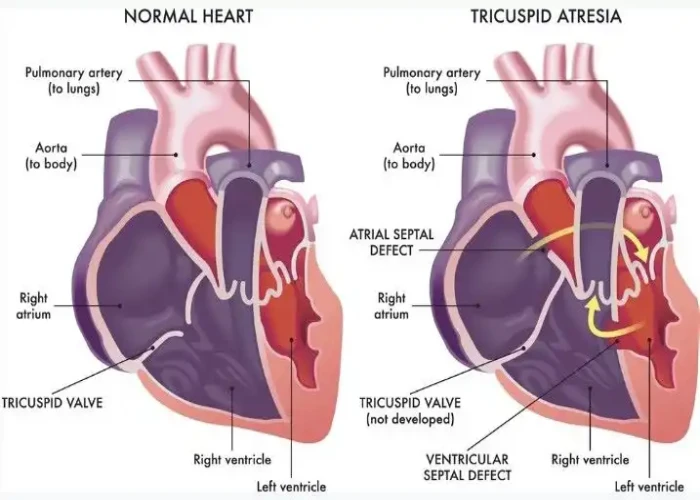
Tricuspid atresia
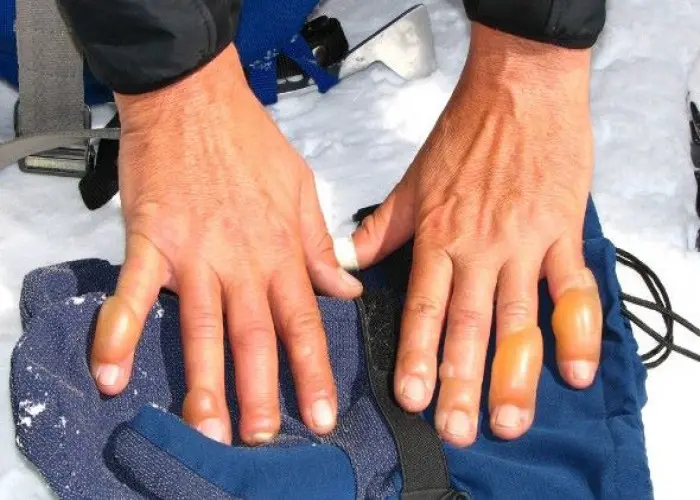
Frostbite
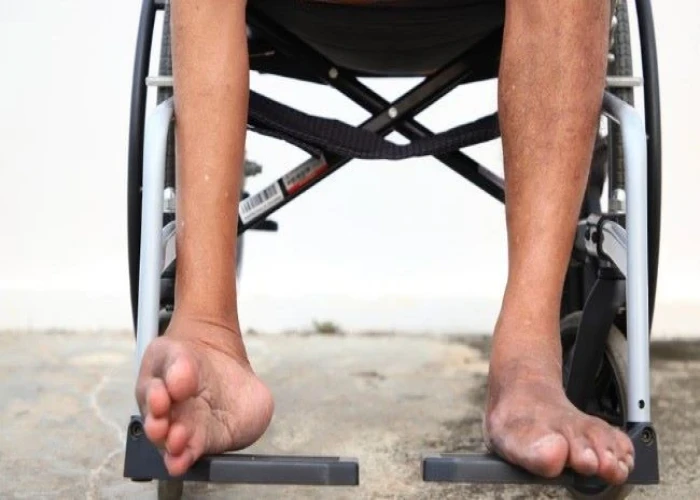
Polio

Dysphagia
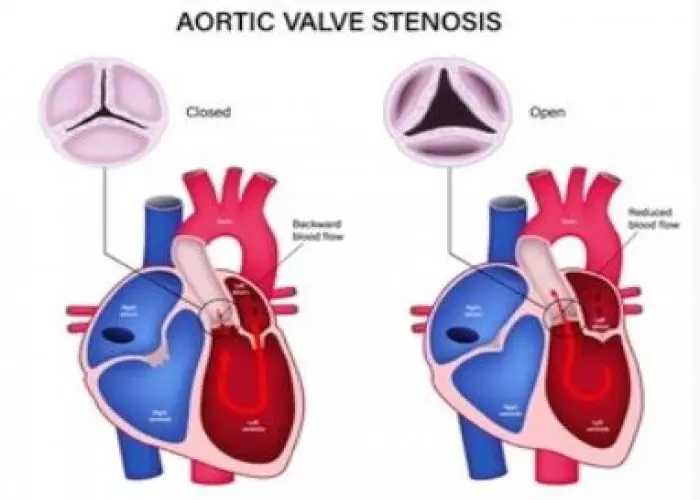
Aortic valve stenosis

Elevated blood pressure
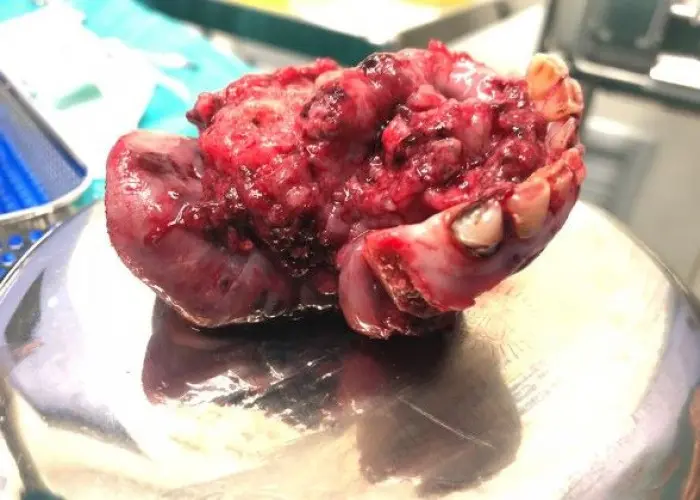
Floor of the mouth cancer

Atypical hyperplasia of the breast
Chondrosarcoma, Chondrosarcoma symptoms, কনড্রোসরকোমা
To be happy, beautiful, healthy, wealthy, hale and long-lived stay with DM3S.
